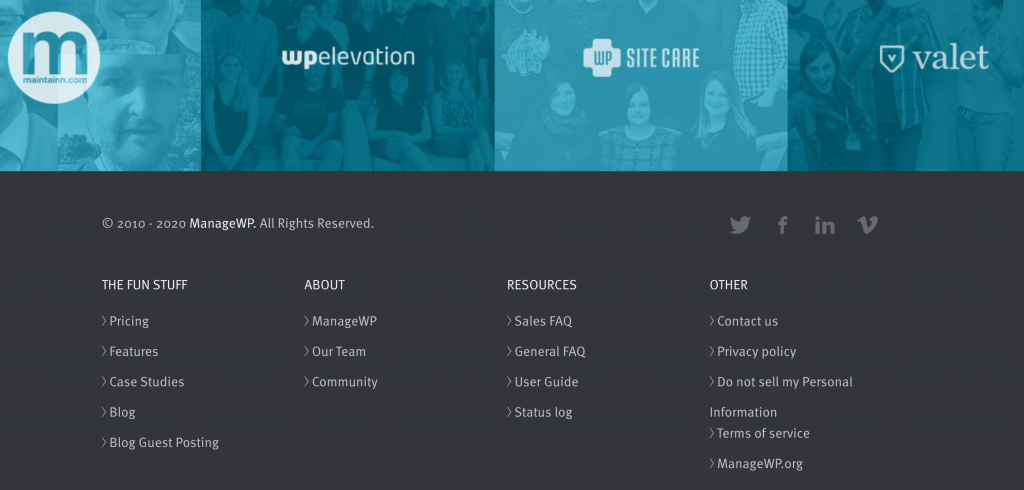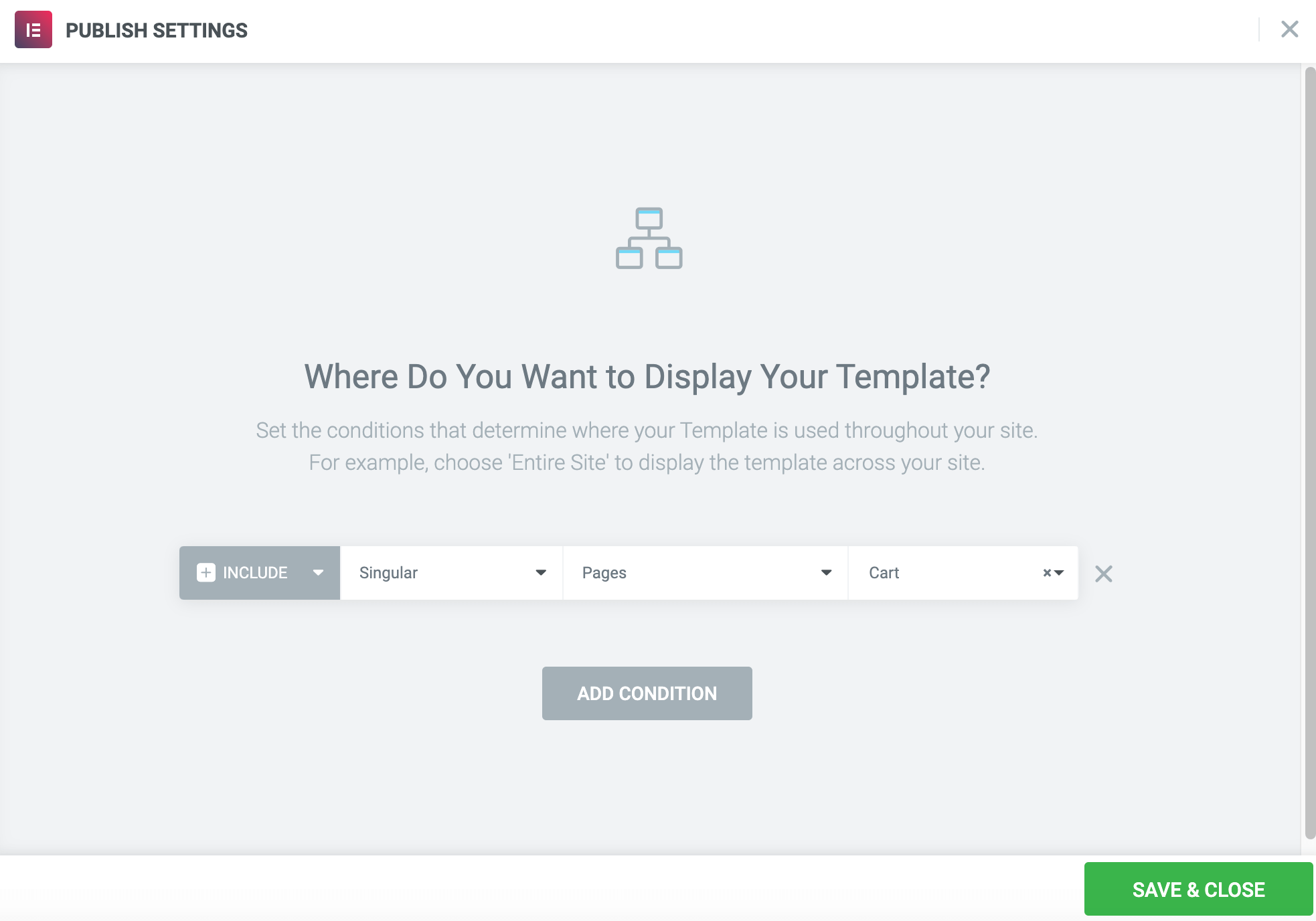Search Engine Optimization (SEO) is the key to reaching a larger audience, which may help you boost conversions and generate more sales, too. However, there’s one aspect of SEO you may not be using to its full potential – internal linking.
If you’re linking to related blog posts and articles on your website, then you’ve laid a decent foundation. That said, you can get much more out of your internal links if you take the time to follow some key best practices for creating and maintaining them.
In this post, we’ll discuss why internal links are so important for SEO. We’ll then show you how you can use internal linking to boost your session duration, improve your search engine results, and more all while avoiding Google penalties and banishing broken links. Let’s get started!
Understanding internal links and why they’re beneficial for SEO
When you link to another website, that link is known as an external link. SEO experts put a lot of emphasis on securing external links, because it’s considered as a recommendation that search engines consider when determining the value of the information on your site. At the same time, internal links can also play an important role on your site.
While backlinks are hyperlinks between two different websites, an internal link is one between two pages on the same website. These links serve as a form of navigation and help users and search engines explore and understand the structure and content of a website. They’re commonly found in menus, sidebars, and footers, but you can also use them in the body text of your posts and pages:
 Marketing specialists at SEMrush conducted research into ranking factors. They discovered that session duration and the number of pages visited per session are two of the most important.
Marketing specialists at SEMrush conducted research into ranking factors. They discovered that session duration and the number of pages visited per session are two of the most important.
Internal links can boost both of these metrics by helping visitors find related content. When reading one blog post inevitability leads to reading a second, and a third, visitors are going to spend a lot more time on your website.
Internal links can also help search engines understand your website’s structure by providing paths for crawlers to follow. Although they don’t carry as much weight as external links, they’re completely under your control, which means you can use them strategically to attract traffic to your site.
Overall, internal links play a crucial role in shaping the site’s architecture, establishing relationships between pages, and distributing ranking authority throughout the site. By strategically placing them within content, you can guide visitors to relevant information, improve user experience, and enhance search engine optimization efforts.
What are some common places where you can use internal linking?
- Navigation Menu: Direct visitors to key sections or pages within the site. For instance, a “Services” menu item may link to a page detailing the various services offered by a business.
- In-Content Links: Within the text to reference related topics or provide additional information. For example, in an article about digital marketing strategies, a phrase like “content marketing” may be hyperlinked to a dedicated page on the website that explores this topic in depth.
- Footer Links: As a way to provide easy access to important pages such as the homepage, contact information, or privacy policy. These links serve as a secondary navigation option for users browsing the site.
- Breadcrumb Navigation: To display the visitor’s path from the homepage to the current page. Each element in the breadcrumb trail is typically hyperlinked, allowing users to navigate back to previous levels or sections of the website.
How to build a successful internal linking strategy (7 key techniques)
As a site owner, internal links are one SEO strategy that’s completely under your control. Here are seven ways you can take charge of them and boost your site’s visibility.
1. Use relevant, informative anchor text
Anchor text is the visible, clickable text of a link that helps visitors to navigate to a specific section within the same webpage or to a specific location on another webpage. It signals to users and search engines what the linked content is about, so you should include relevant keywords wherever possible.
While they help improve user experience by allowing visitors to quickly navigate to specific sections of a webpage without having to scroll manually, be careful not to overdo it. Search engines also take metrics such as session duration and the number of pages visited into consideration. Your priority should be getting visitors to click on your link. This means your anchor text should be appealing to readers, even if it comes at the expense of a few keywords.
Also, avoid using contrived phrases such as click here, or check out this link. These words communicate nothing about the linked content to search engines or readers. Some of the best practices include a table of contents or navigation menu within a page or a post, which also improves the overall content structure. Additionally, anchor links can enhance accessibility by enabling users who rely on screen readers or keyboard navigation to navigate through content more easily.
2. Make sure your links add value
Readers are more likely to click on a link that’s relevant within the source context. If you’re unsure whether a particular link is relevant, ask yourself, “would the reader benefit from navigating away from the current page in order to read the linked content?” With that in mind, here are some best practices for assessing the link source:
- Relevance and Context:
Make sure the content is relevant to the discussed topic on your page or site. It should provide additional value or insights that enhance the reader’s understanding of the subject matter.
Furthermore, consider the context in which the link is placed. Does it flow naturally within the content, or it feel forced, maybe out of place? Links should seamlessly integrate into the narrative and provide logical pathways for readers to explore related topics.
- Recency and Timeliness:
Is the linked content up-to-date and relevant to current trends or developments in the industry? Fresh, timely content is more likely to engage readers and provide valuable insights than outdated or obsolete material. Don’t just link to previous content on your site just because it’s a best practice, make sure it adds value and more information to the topic.
On top of that, search engines place emphasis on User Experience (UX). Unnecessary links could actually hurt your SEO, especially if Google perceives them as spammy. If a link delivers little or no value to readers, then you’re better off without it.
It’s also beneficial to prioritize ‘deep links’, which lead readers past your homepage to more specific content on your site. Directing visitors to posts or pages that provide information they’re likely to be interested in, rather than a generic page, can demonstrate your value and expertise more effectively.
3. Use a reasonable number of internal links
When it comes to internal links, you should aim for quality over quantity. Overloading a page with too many links can overwhelm users and dilute the impact of each individual link. It can also make the content appear spammy to search engines, potentially harming your SEO efforts. Google’s Webmaster Guidelines recommend that you “limit the number of links on a page to a reasonable number (a few thousand at most).”
This poses the question, what is a reasonable number of links? This can vary depending on factors such as your target audience, the length and topic of the source content, and the number of relevant pages that you could potentially link to. Ultimately, you should include as many links as you feel would be helpful to the reader.
Target Audience: Consider the preferences and browsing habits of your target audience. Too many links may overwhelm casual visitors, while more tech-savvy users may appreciate a higher volume of resources.
Content Length and Topic: Longer and more comprehensive pieces of content may naturally accommodate more internal links. However, even lengthy articles can suffer from link overload if not carefully curated.
Ultimately, you should include as many links as you feel would be helpful to the reader.
4. Don’t cram links into the footer and sidebar
It can be tempting to include a large number of links in designated areas of your website. For example, some websites cram keyword-rich internal links into their footers or sidebars. This kind of linking can be dangerous, particularly for large hierarchical websites.
Using this technique, you could quickly wind up with thousands of duplicate links. This repetition adds little value for visitors, and search engines may even hit you with a spam penalty. This can have devastating effects on your website.
Search engines are also notorious for changing their algorithms. Just because you haven’t been penalized yet, doesn’t mean you won’t be in the future.
If you want to display a large number of internal links, one solution is to use dynamic content. Instead of showing the same sidebar or footer on every page, you could create multiple layouts using Elementor, then specify on which pages you’d like to display them:

This approach could also improve your UX since you’re displaying links that are relevant to the current context. This can encourage click-throughs and ultimately help your SEO.
5. Consider creating a master document
If you have a large website, then it may help to log all your content in a spreadsheet so you can keep track of internal linking opportunities. When you’re drafting new content, you can use this document to identify relevant articles that you can link between. This approach not only streamlines content management tasks, making it easier to identify gaps, update outdated content, but also ensures consistency across your website.
When creating your spreadsheet, you can record whatever information matters most to you. However, at a minimum, we’d recommend including the Page Title, URL, Keyword(s), Pages linked to, and Anchor text:

In particular, keywords and anchor text can be interesting metrics to track. There may be certain ones that resonate with your visitors. By logging this information, you can identify what works for your particular target audience.
Ultimately, a master document helps you to make more informed decisions based on data and insights about your site’s content and performance.
6. Audit your old content
Adding links to future content is a good start. However, you should also review your older content for opportunities to add or replace internal links. Internal linking is not just about individual links but also about creating interconnected pathways between related pieces of content. By systematically auditing and interlinking your old content, you can create a chain of interconnected content that spans months or even years. By analyzing your previous posts, you can create a chain of interlinked content spanning months, and potentially even years.
To get the most out of your internal linking strategy, you should also incorporate link building into your content audits. By constantly re-evaluating this aspect of your posts and pages, you can continuously refine your SEO, drive engagement, and improve your site’s UX.
7. Monitor the health of your links
Links that lead nowhere can damage your SEO, and result in poor UX. There are several ways to resolve broken links, including implementing 301 redirects. However, in order to do, you first need to there’s a problem that needs resolving.
Manually checking each and every link across your website would be a time-consuming and frustrating process. Fortunately, you can automatically scan your site using a tool such as ManageWP’s Link Monitor:

It checks your site daily and notifies you if it discovers any unresponsive or broken links. If ManageWP does detect a broken link, then you can quickly edit it directly from your dashboard.
Bonus tip
Stay Compliant with SEO Best Practices:
- Follow search engine guidelines to ensure that your internal linking strategy aligns with SEO best practices.
- Avoid tactics like excessive link stuffing or manipulative linking schemes, which just harm your website’s ranking.
- Continuously update and refine your internal linking strategy to adapt to changes in search engine algorithms and user behavior.
Conclusion
While backlinks receive a lot of attention as a way to boost your search rankings and reach new audiences, internal links can also have a positive effect on SEO. In addition, they’re completely under your control, so you can link to the content that matters most to you and your target audience.
In this post, we showed you how to build a successful internal linking strategy using seven key techniques:
- Use relevant, informative anchor text.
- Make sure your links add value.
- Use a reasonable number of internal links.
- Don’t cram links into the footer and sidebar.
- Consider creating a master document.
- Audit your old content.
- Monitor the health of your links.
Do you have any questions about how to boost your SEO with a successful internal linking strategy? Ask us in the comments section below!
Image credits: Unsplash.

Leave a Reply